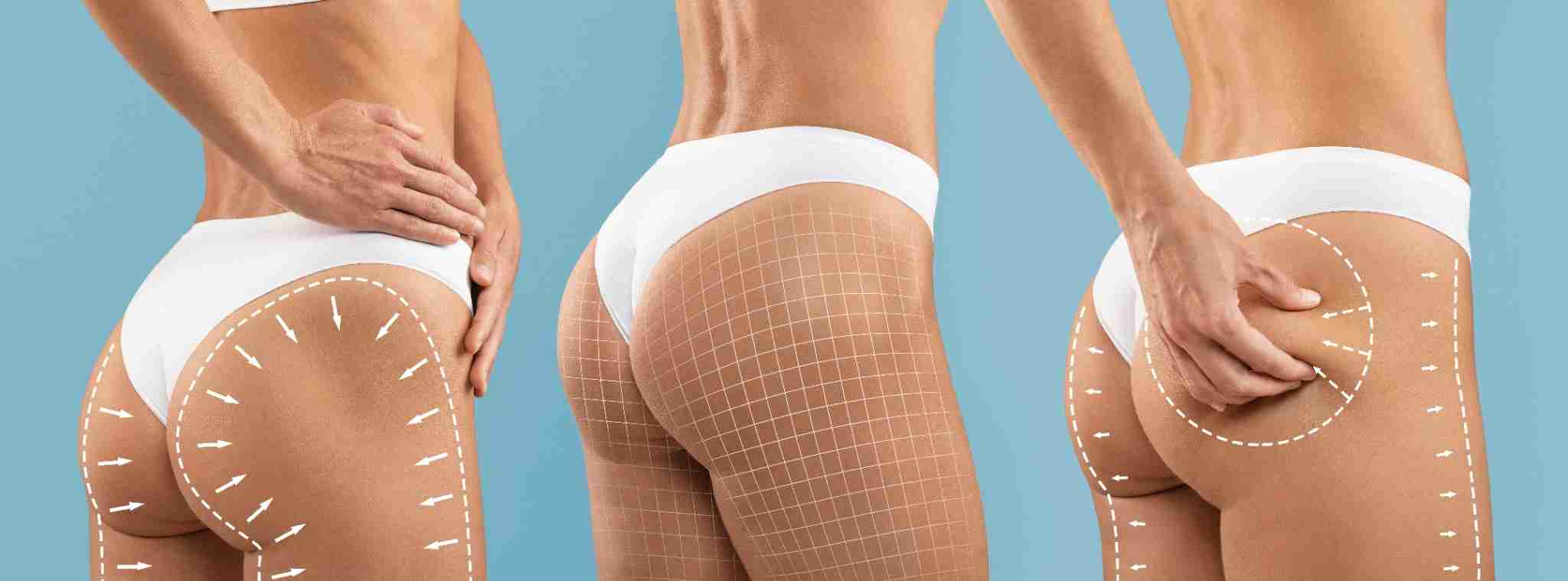
The period immediately following a Brazilian Butt Lift (BBL) is arguably the most determinative phase for the final aesthetic outcome, surpassing even the surgical skill itself. The initial 72 hours are an intense crucible where the body begins the complex process of healing from two major procedures—extensive liposuction and fat transfer—simultaneously. This immediate aftermath is characterized by significant swelling, bruising, and discomfort, often far exceeding a patient’s pre-operative expectations. It is crucial to understand that the pain is not simply an annoyance but a signal requiring disciplined management. A strict adherence to the prescribed pain medication schedule, often involving a combination of narcotics and non-narcotic options, is necessary to keep the inflammation and pain response minimized, enabling the patient to perform essential tasks like walking and repositioning without undue stress. Furthermore, hydration in these first few days is vital; anesthesia and surgery can be dehydrating, and maintaining adequate fluid intake helps support blood volume and flush toxins, aiding the body’s natural healing mechanisms. Failure to manage pain aggressively in the initial phase often leads to reluctance to move, which increases the risk of complications such as deep vein thrombosis (DVT).
A strict adherence to the prescribed pain medication schedule, often involving a combination of narcotics and non-narcotic options, is necessary to keep the inflammation and pain response minimized
The single most critical, yet frequently violated, directive after a BBL centers on pressure avoidance on the newly grafted fat. The transferred fat cells must establish a new blood supply from the surrounding tissue—a process called revascularization—to survive. Any direct, sustained pressure on the buttocks in the first four to eight weeks compromises the fragile capillaries attempting to grow into the fat, starving the cells of oxygen and leading to fat resorption or necrosis. This means absolutely no sitting directly on the buttocks and no lying flat on the back. Patients must be prepared to adopt specific, often uncomfortable, positions for eating, working, and sleeping. The use of a specialized BBL pillow or wedge is non-negotiable for all necessary sitting, diverting weight to the back of the thighs. Sleep must occur exclusively on the side or stomach. Adherence to this restriction is the primary factor differentiating patients with high graft survival (and thus a full, projected result) from those with significant fat loss and disappointing outcomes.
The Absolute Necessity of Pressure Avoidance for Graft Survival
The integrity of the body’s healing and contouring process post-liposuction is heavily reliant on the compression garment. This garment, typically worn for several weeks, plays a multifaceted role that extends far beyond merely holding the patient together. Its primary functions are to reduce post-operative edema (swelling) by applying continuous, even pressure to the donor areas and to encourage the skin to redrape smoothly over the newly contoured tissues, which minimizes lumps, irregularities, and the formation of seromas (pockets of fluid). However, wearing the garment incorrectly or intermittently can undermine its benefits. It must be snug, but not so tight that it compromises breathing or circulation. As swelling subsides, the garment will need to be exchanged for a smaller size—a “Stage 2” garment—to maintain effective pressure. Many surgeons advise wearing the compression garment twenty-three hours a day, removing it only for showering. Patients must be mentally prepared for the discomfort and persistence required to maintain this high-level, continuous compression therapy.
The garment, typically worn for several weeks, plays a multifaceted role that extends far beyond merely holding the patient together.
While rest is essential, the concept of total immobility is counterproductive and dangerous. Gentle, regular movement is a vital component of a smooth and safe recovery. The primary risk is the formation of Deep Vein Thrombosis (DVT), blood clots that form in the deep veins, which can become fatal if they travel to the lungs (pulmonary embolism). To mitigate this risk, patients must engage in frequent, short walks throughout the day, even in the first 24 hours post-surgery. These walks do not need to be strenuous; simply ambulating around the house every hour or two helps stimulate blood flow in the legs. These walks must, however, be performed while strictly adhering to the “no sitting” rule, meaning the patient should stand or remain slightly inclined forward. Additionally, performing simple ankle exercises (flexing and pointing the feet) while resting can help pump blood back toward the heart, further reducing the risk of DVT. This balance between necessary rest and essential mobility is a nuanced tightrope walk that requires conscious effort.
Understanding the Necessity of Lymphatic Drainage and its Timing
A lesser-known but highly impactful component of optimizing the final contour is post-operative lymphatic drainage massage (LDM). The extensive nature of the liposuction phase disrupts the lymphatic vessels, which are responsible for draining excess fluid and cellular debris from the tissues. This disruption contributes significantly to the persistent and often hard post-liposuction swelling and firmness (induration). LDM, performed by a therapist specifically trained in post-surgical care, is a gentle technique designed to encourage the flow of this interstitial fluid back into the lymphatic system. Starting these massages, often around the first week or two after surgery as advised by the surgeon, is critical. They help to soften the fibrotic tissue, reduce the longevity of the swelling, and contribute to a more refined, smooth aesthetic result in the donor areas. Ignoring LDM often results in prolonged swelling and a hardened, less pliable skin texture, underscoring the necessity of pre-scheduling these specialized sessions.
Starting these massages, often around the first week or two after surgery as advised by the surgeon, is critical.
The fuel the body uses during this intensive repair period dictates the quality and speed of its recovery. Optimized nutrition is therefore not merely a recommendation but a biological necessity. The body requires a significantly increased intake of high-quality protein to synthesize new tissue, repair muscle damage from the liposuction, and support the survival of the transferred fat cells. Patients should focus on easily digestible protein sources such as fish, lean poultry, eggs, and protein shakes. Furthermore, micronutrient intake, specifically Vitamin C (essential for collagen production and wound healing), and Zinc (critical for immune function and tissue repair), must be prioritized. Conversely, highly processed foods, excessive sugars, and refined carbohydrates should be minimized, as they contribute to inflammation and offer little nutritional value for the demanding repair process. Remaining consistently hydrated remains a constant necessity to support the circulation required to feed the transferred fat.
The Psychological Dimension: Preparing for the Emotional Undertow of Recovery
Physical healing often overshadows the equally important psychological dimension of recovery, which can often catch patients unprepared. The reality of post-operative life—the discomfort, the reliance on a caretaker, the immobility, and the initial shock of the extreme swelling and bruising—can trigger a significant emotional “undertow.” Many patients experience what is commonly referred to as the “post-surgical blues,” a period of heightened emotional sensitivity, regret, or even mild depression, typically peaking around days three to seven. It is crucial to anticipate this and not confuse this temporary emotional state with permanent regret. Planning for emotional support, through communication with a supportive partner, friend, or even a therapist, is just as important as securing physical care. Recognizing that the severe swelling is temporary and that the final result will not be visible for many months is key to navigating this mental challenge with resilience.
Many patients experience what is commonly referred to as the “post-surgical blues,” a period of heightened emotional sensitivity, regret, or even mild depression, typically peaking around days three to seven.
The process of healing is not linear; it is marked by fluctuations, plateaus, and occasional setbacks, which is important to communicate with the surgeon. Patients must be prepared to carefully monitor their incision sites for any signs of infection, such as increasing redness, warmth, foul-smelling discharge, or fever. Promptly reporting any such changes, or concerns about excessive or asymmetric swelling or persistent, unusual pain, to the surgical team is essential. Open and honest communication with the doctor is the single best way to manage complications effectively and ensure they are addressed before they escalate. It is a critical error to wait, assume a symptom is normal, or attempt to self-diagnose. The surgeon’s team is the expert resource, and leveraging their knowledge immediately minimizes risk and shortens the recovery timeline should an issue arise.
Recognizing and Responding to Potential Complications Swiftly
As the initial recovery weeks progress, attention must shift to the long-term maintenance of the result, which hinges largely on weight stability. While the transferred fat cells that survive are permanent, the remaining fat cells in the body—including those in the buttocks—will continue to behave normally. This means that significant weight fluctuations, particularly weight gain, can profoundly alter the BBL result. Gaining weight will cause the remaining fat cells to swell, potentially disproportionately, distorting the meticulously sculpted shape. Therefore, post-recovery is the time to commit to a sustainable, healthy lifestyle involving regular exercise and balanced eating to maintain the new, stable body weight achieved pre-surgery. The BBL procedure is a powerful sculpting tool, but it does not confer immunity against the effects of weight gain, making long-term commitment an intrinsic part of the aesthetic longevity.
Gaining weight will cause the remaining fat cells to swell, potentially disproportionately, distorting the meticulously sculpted shape.
The return to physical activity and exercise must be a gradual, carefully calibrated process, dictated by the surgeon’s guidelines, not by the patient’s impatience. Typically, light activity like walking is encouraged almost immediately. However, strenuous exercise, heavy lifting, and activities that place direct pressure on the buttocks must be avoided for several weeks, often six to eight, to protect the delicate fat grafts. Rushing this process risks injury, increased swelling, and fat resorption. The key is to listen to the body; if an activity causes pain or a significant increase in swelling, it is a signal to retreat and wait longer. The final return to intense exercise should be cleared by the surgical team during a follow-up appointment, confirming that the internal healing is sufficiently advanced to handle the stress. Patience during this phase is an investment in the long-term integrity of the results.
The Non-Negotiable Necessity of Long-Term Weight Stability
Finally, a truly smooth BBL recovery integrates the often-overlooked environmental and logistical considerations that directly impact comfort and stress levels. Preparing the recovery environment before the surgery is non-negotiable. This means setting up a designated recovery zone—typically the bedroom—where all necessities are within arm’s reach: phone chargers, water bottles, remote controls, prescribed medications, and entertainment. Pre-preparing meals and freezing them eliminates the need for cooking while reliant on a caretaker. Furthermore, securing loose, comfortable clothing—specifically items that are easy to pull on and off and do not compress the new contours—will reduce frustration. Reducing external friction points, such as clutter, unmanaged errands, or uncertain transportation, ensures the patient can dedicate all available physical and mental resources to the singular task of healing.
A Comprehensive Strategy: From Immediate Relief to Sustained Aesthetic Longevity
Optimal BBL recovery demands more than resting; it is a meticulous, multi-week commitment to pressure avoidance, nutritional vigilance, emotional resilience, and patient communication.
